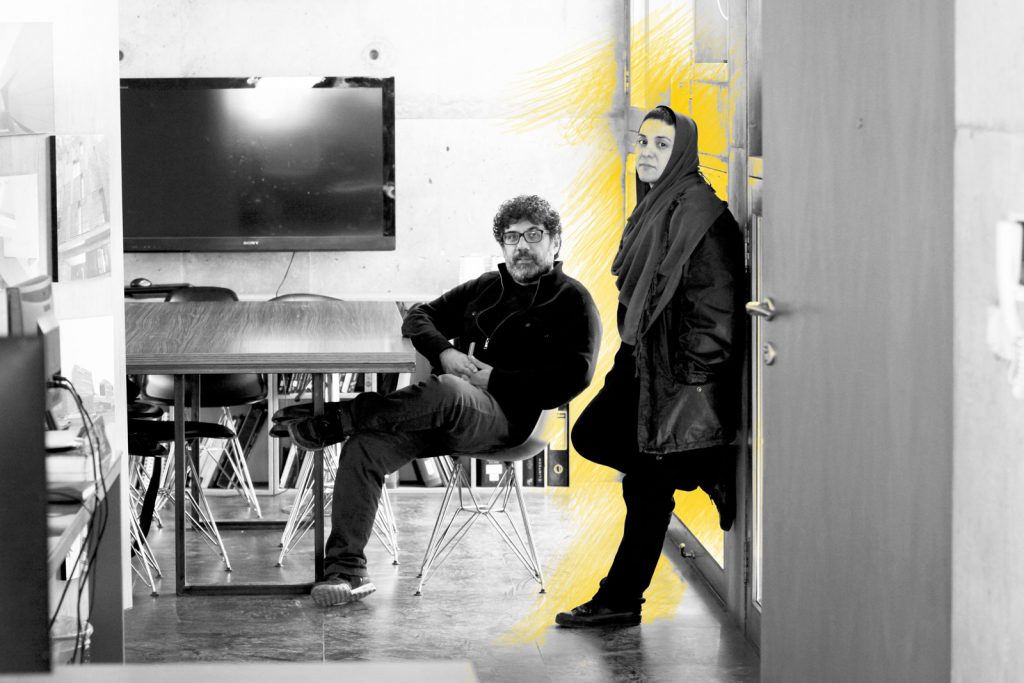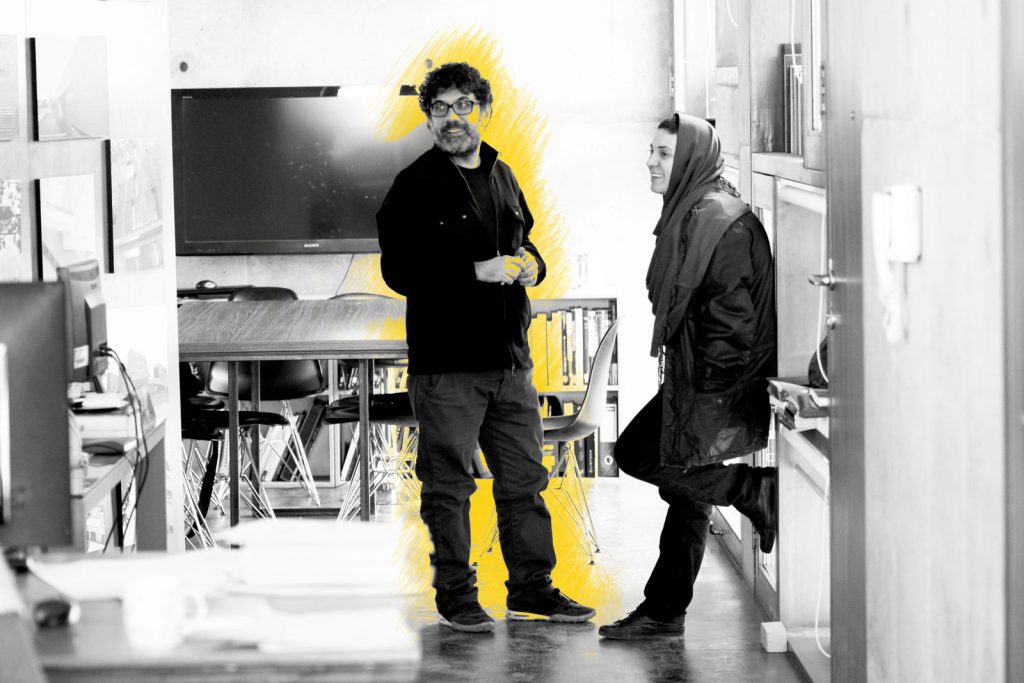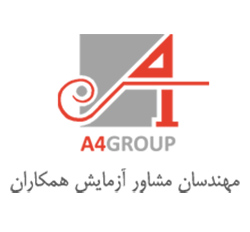[Shift] Process Practice is a research-driven design and construction studio founded by Rambod Eilkhani and Nashid Nabian. The practice covers all scales pertaining to built environment ranging from infrastructures to urban settings, architectures, and even artifacts. The practice is committed to contributing to a paradigmatic shift to the design process.
At an infrastructural scale, the practice is committed to the production of urban morphologies from an architectural genome that produces formative typologies. The practice defines this mode of problem solving as a gene-driven approach. At an urban scale, the practice prioritizes small and smart interventions to surgical solutions. The practice believes in transformative role that the residual spaces between the buildings can play in redefining public realms within the urban phenomena. At an architectural scale, the practice is committed to production of inhabitable spaces that question the well-established paradigms of everyday life. The practice also challenges the dominant material culture that fosters a maximalist approach towards realization of architectural imagination with an expansive and expensive pallet of building materials and construction techniques. The practice intends for efficiency and sufficiency in its design choices without compromising the quality of spatial experience.
At an artifactual scale, the practice is committed to re-imagining the object not as a stand-alone element but as an architectural component, functioning as a spatial signifier.
Across all scales of design interventions, the practice is committed to environmental, social, and economical sustainability. The practice believes in trans-disciplinarity, where paradigms from other disciplines can be re-appropriated, retrofitted, and re-interpreted in imagining innovative design solutions. The practice acknowledges the role that situated technologies and digital culture play in reconfiguring our understanding of the spatial phenomena, expanding the domain of its operation from erection of substantive, durable structures to staging temporal, ephemeral events. In this sense, the practice conducts intensive research into the potential of interactive technologies and the platforms they can provide for infrastructural, urban, architectural and artifactual sensing, networking, computing and actuation.
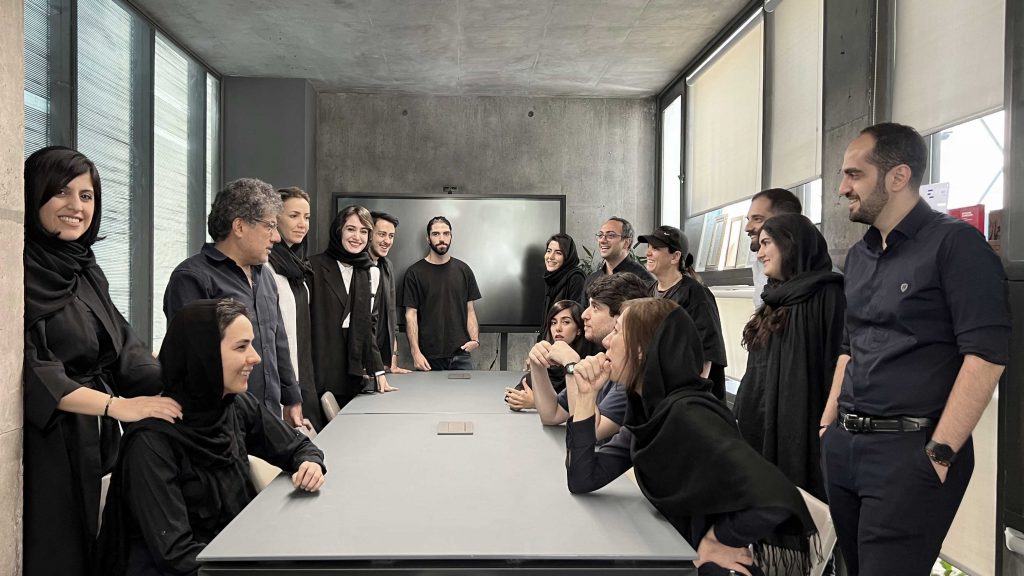
Shift Process Practice Current Members
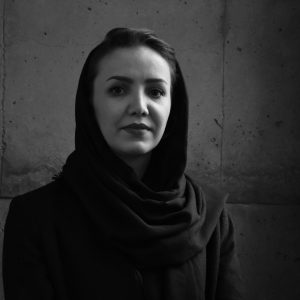
Dorna Mesrzadeh
Partner
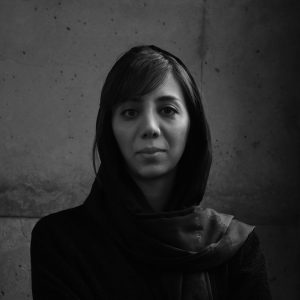
Kajal Kouchak Pour
Partner
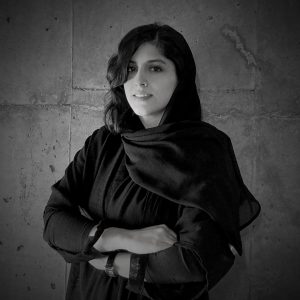
Naghmeh Asadbeigi
Partner
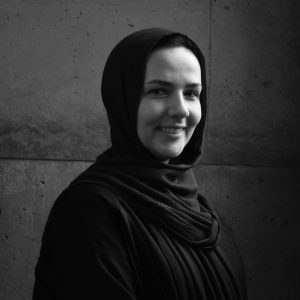
Bita Ghambari
Partner-Office Admin
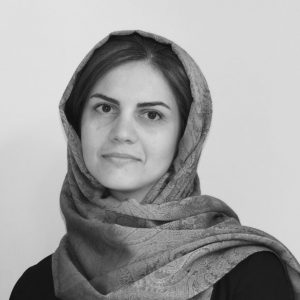
Mona Khatami
Project Manager

Ali Mansouri
Project Manager
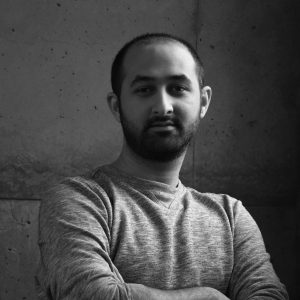
Ehsan Karimi
Project Manager
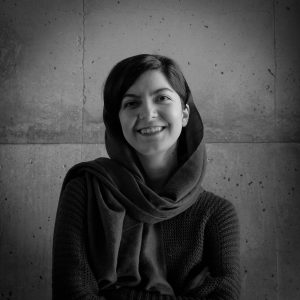
Avisa Yazdani
Architect
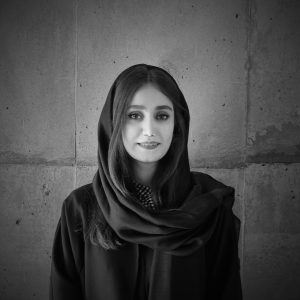
Shaqayeq Tahavvori
Architect
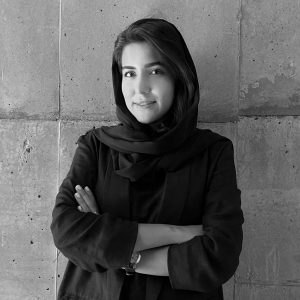
Mona Afrough
Architect
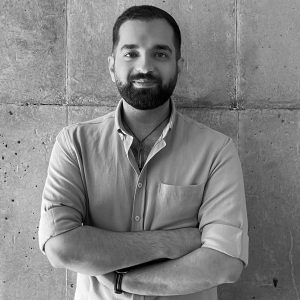
Mohammad Ali Raoofi
Architect
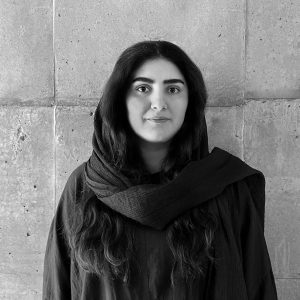
Avin Hashemi
Junior Architect
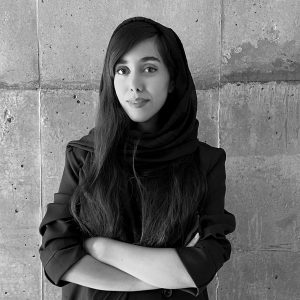
Hasti Mehdizadeh
Junior Architect
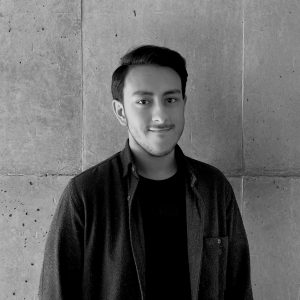
Mohammad Yeganeh nia
Junior Architect
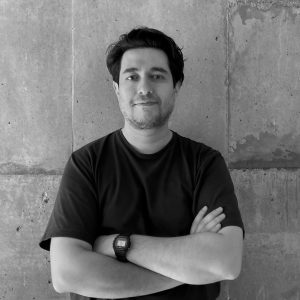
Arash Moaddab
Senior 3D Specialist
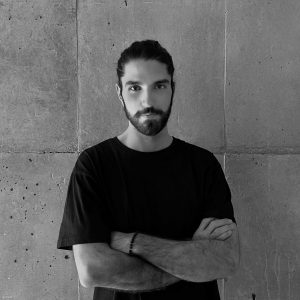
Mehrad Ghaderi
3D Specialist
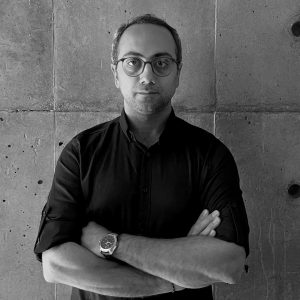
Amir Kazemi
Senior Construction Architect
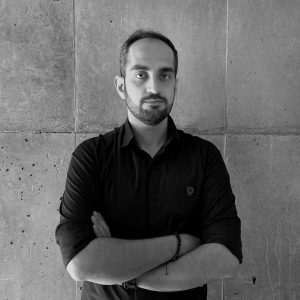
Amir Bhador Kharazi
Construction Architect
Shift Process Practice Previous Members
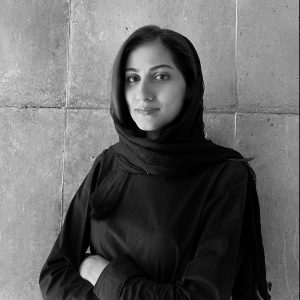
Parastuo Narimisa
-
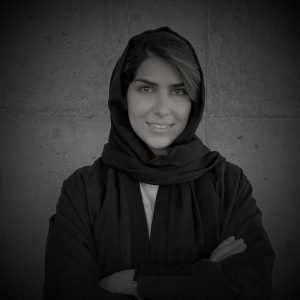
Faezeh Besharat
-
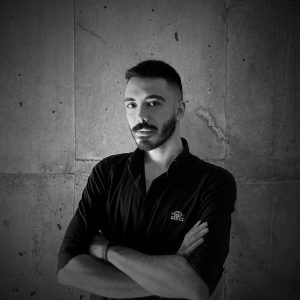
Iman Shabestari
-

Shadi Maleki
-
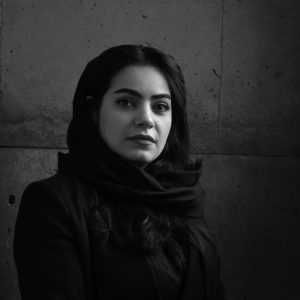
Nastaran Sabzehali
-

Sahar Ghorbani
-
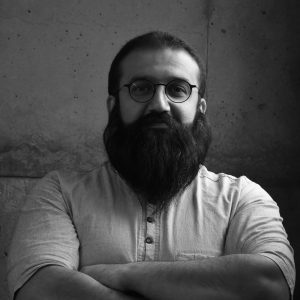
Faraz Beigi
-
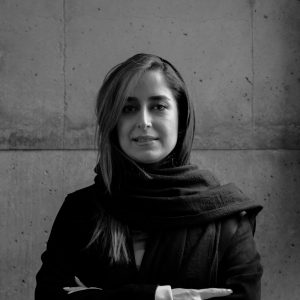
Nazanin Javaheri
-
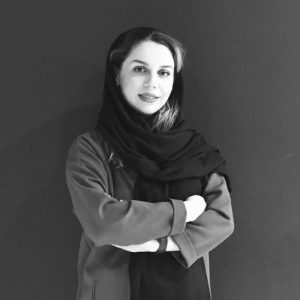
Mehrasa Chamani
-
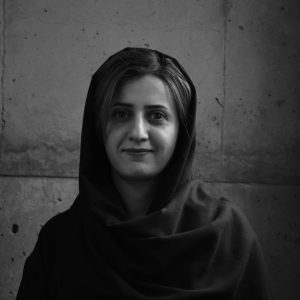
Neda Rasouli
-

Mohammad Hassan Tavangar
-
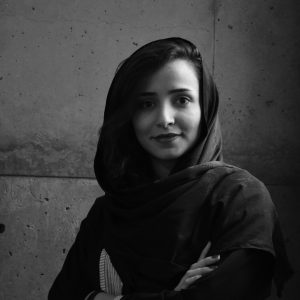
Mahdieh Yazdankhah
-
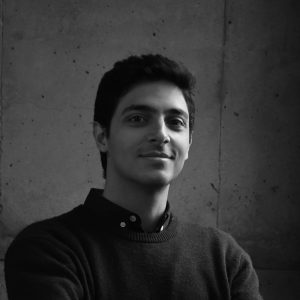
Amir Fallahi
-

Parnian Ghaemi
-

Milad Malekafzali
-

Momen Faghihi
-
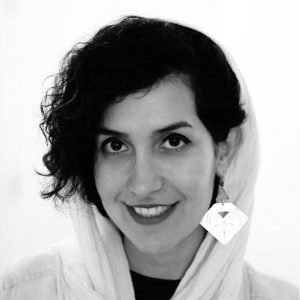
Golnaz Djamshidi
-

Mohsen Khanmohammadi
-
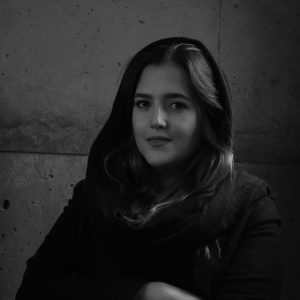
Sarine Bekarian
-
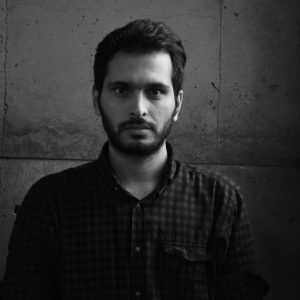
Ehsan Karimi
-
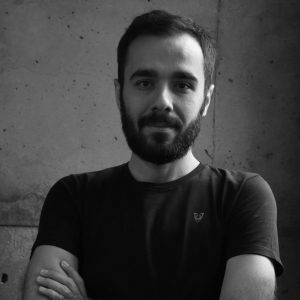
Ahmad Moradian
-
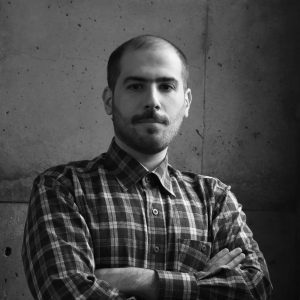
Dadbeh Mohebbi
-
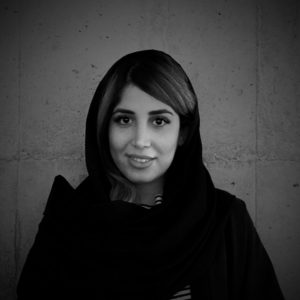
Majede Jooybari
-
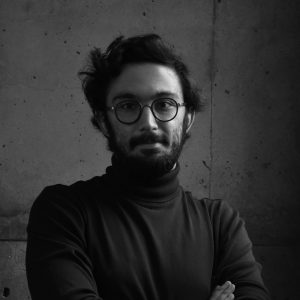
Illia Attarpour
-

